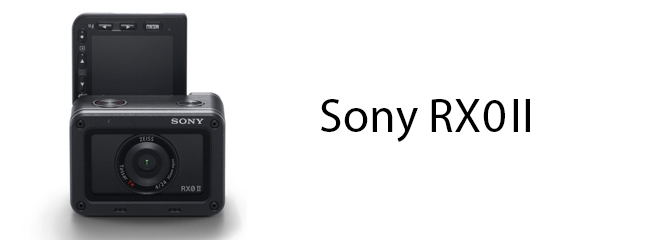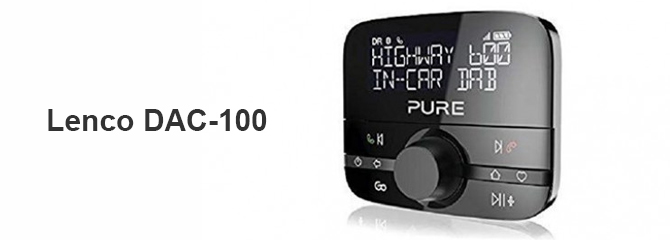
Featured News
Gadgets & Apps
Latest Articles
Reports stated that "the Chinese company Huawei is preparing to launch its new Nova 7 phones", during this April 23, to be available in the market after only 5 days .
According to the information, the company will unveil 3 new phones: nova 7, nova 7 SE, and nova 7 Pro.
Reports indicated, "The 3 pho...
Experts revealed a list of the best Samsung phones for the year 2020, as the Galaxy A10 ranked first on the list, according to the website "oane.ws".
The Galaxy E10s came second with a 4000 amp battery, 32 GB memory and a 6.2-inch screen.
While the "Galaxy A30" and "A30s" ranked third and fourth res...
Motorola company reveals her smart "Moto GP 8 Power" in the month of February last, but now announced the diluted version of it called "Moto GP 8 Power Lite".
Moto G8 PowerLite offers a 6.5-inch IPS screen with 1540 x 720 pixels resolution, with a aspect ratio of 20: 9. It includes a cut for the 8-megapixel front...



























